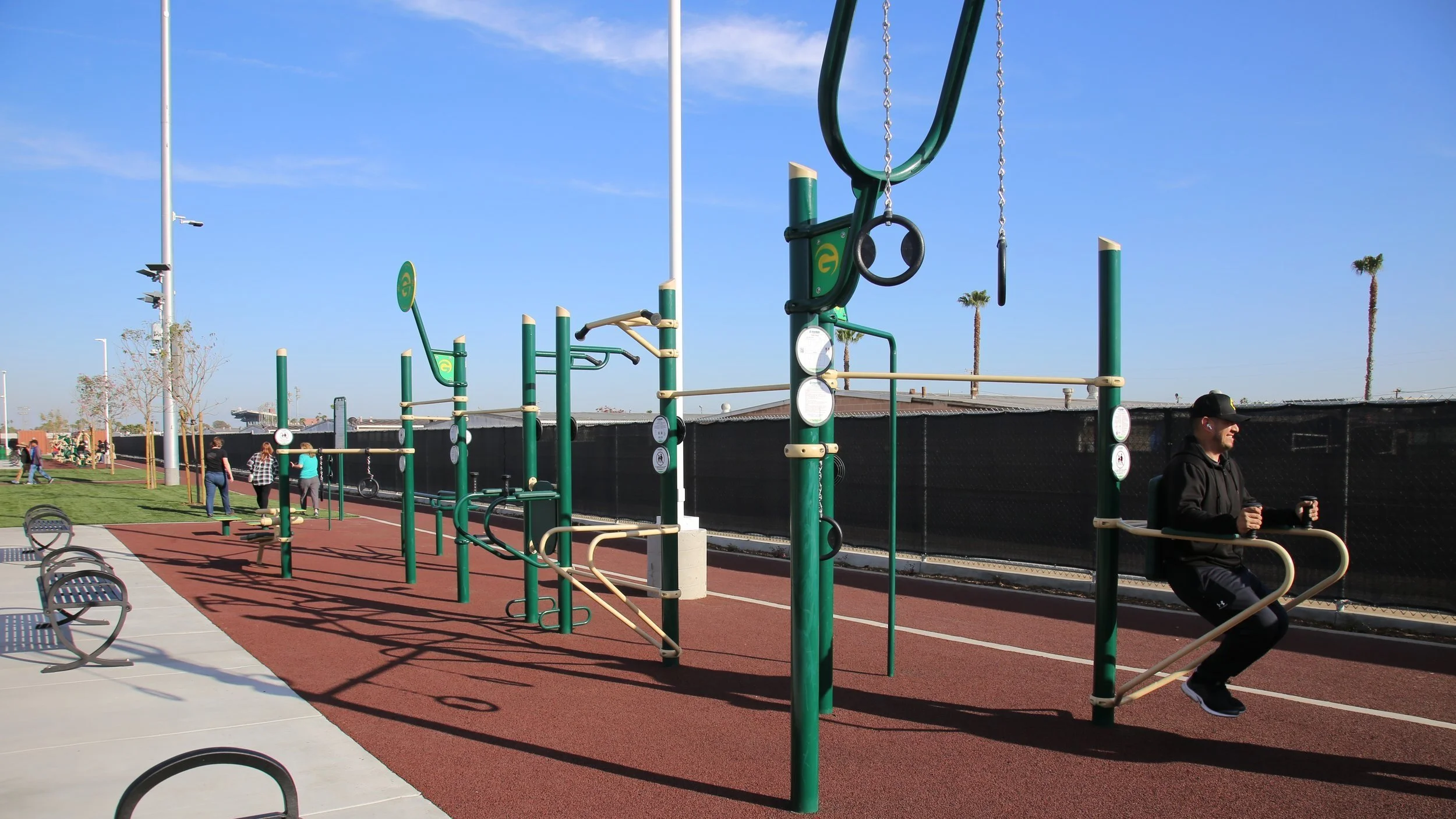CADdetails’ Architectural Blog
Latest Posts
Blog
In recent years, inclusivity has redefined playgrounds, transforming them into spaces where people of all ages, abilities, and backgrounds can come together. Unlike traditional designs, inclusive playgrounds feature equipment that welcomes toddlers, teens, parents, grandparents, and individuals with disabilities - ensuring that play is for everyone.
In this guide, you’ll find our picks for must-see sessions and booths, 8 tips to get the most out of your ASLA experience, and a roundup of can’t-miss sights and activities to enjoy while you’re in New Orleans. Let’s dive in!
As temperatures rise, pergolas and canopies are stepping up as both architectural design features and practical additions to living spaces. They not only enhance style and comfort indoors and out, but also provide essential sun protection, fostering healthier environments for relaxation and gathering.
The National Recreation and Park Association (NRPA) Conference is happening September 16–18 at the Orange County Convention Center in Orlando, Florida! We’re excited to announce that CADdetails will be there, and we hope to see you on the show floor. We’re your go-to spot to find the perfect products for your next project.
Intergenerational play helps bridge this gap by bringing people of all ages together through shared experiences. Whether it’s a grandparent passing down a favorite childhood game or a teen exploring the park with a younger cousin, these moments create lasting connections, strengthen communities, and enhance well-being for everyone involved.
As outdoor spaces evolve into dynamic environments for health and wellness, designers and builders are increasingly looking to incorporate elements that inspire movement and community engagement. Outdoor fitness products offer an ideal solution—combining durable materials, innovative design, and universal accessibility to meet the needs of diverse communities.











